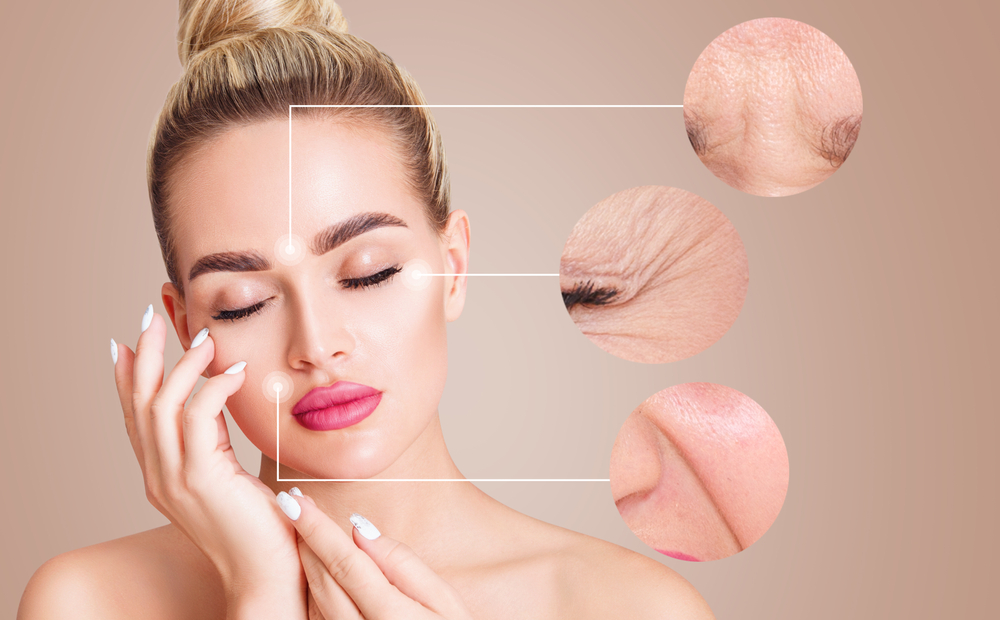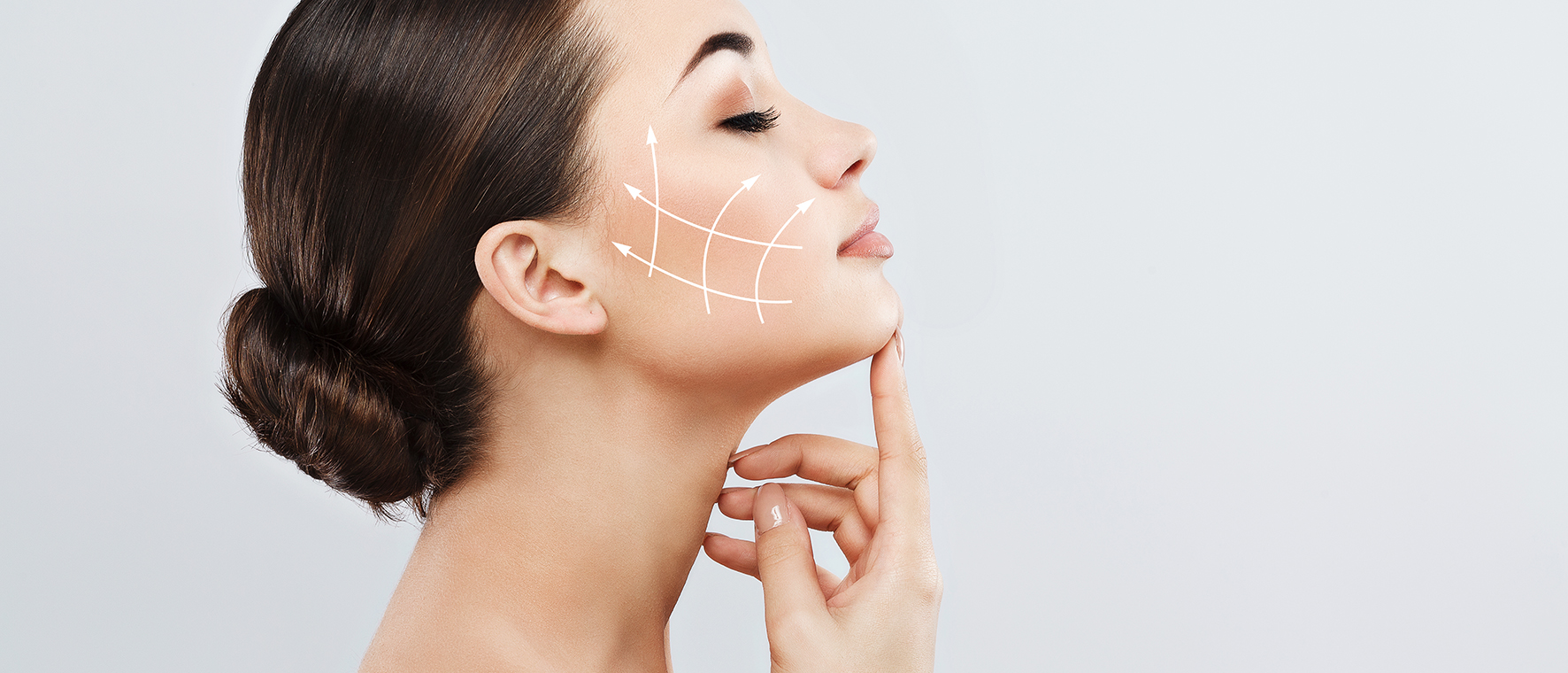The quest for youthful skin is as old as time, yet the landscape of anti-aging treatments has undergone a remarkable transformation.
Today, we stand at a juncture where the fusion of science and technology is reshaping what’s possible in skin care.
Gone are the days of one-size-fits-all solutions; the modern era ushers in an era of targeted, scientifically-backed treatments that promise not just to mask, but to genuinely combat the signs of aging. This evolution marks a significant shift from traditional methods, paving the way for groundbreaking approaches that offer tangible, lasting results. As we delve into the realm of advanced skincare, it’s clear that the future of maintaining youthful skin is brighter and more attainable than ever before.
Understanding Skin Aging
Skin aging is a complex biological process influenced by a myriad of factors. At its core, aging skin results from two distinct processes: intrinsic aging, which is genetically predetermined, and extrinsic aging, caused by environmental factors.
Intrinsic aging is a natural, gradual process that typically begins in our mid-20s. Collagen production slows down, and elastin, the substance that enables skin to snap back into place, becomes less springy. Additionally, skin cells regenerate at a slower pace, leading to thinner, more fragile skin. This genetic blueprint varies from person to person, making the aging process a unique experience for each individual.

Extrinsic aging, on the other hand, is influenced by external factors. Sun exposure stands as the most significant contributor, with UV rays accelerating the breakdown of collagen and elastin, leading to photoaging characterized by wrinkles, uneven skin tone, and loss of elasticity. Lifestyle choices also play a crucial role; smoking, poor nutrition, and lack of sleep can expedite the skin’s aging process. Environmental pollutants and stress are additional culprits, contributing to a phenomenon known as oxidative stress, which can lead to visible signs of aging.
Understanding these factors is crucial in developing effective anti-aging strategies. By acknowledging the dual nature of skin aging, we can tailor approaches that address both genetic predispositions and environmental influences.
Traditional vs. Modern Approaches
The realm of anti-aging has evolved significantly, transitioning from traditional methods to modern, scientifically-driven techniques. Traditional approaches, often steeped in historical practices, primarily focused on superficial treatments. These included herbal remedies, facial massages, and over-the-counter creams and lotions, which primarily aimed to hydrate and nourish the skin. While beneficial for maintaining general skin health, their efficacy in reversing the signs of aging was limited and often anecdotal.
Modern techniques, in contrast, are rooted in scientific research and technological advancements. These methods are not just about treating the skin’s surface; they delve deeper, targeting the underlying causes of aging at a cellular level. Innovations like retinoids, peptides, and hyaluronic acid treatments have revolutionized skincare by promoting collagen production and skin cell renewal, directly addressing wrinkles, fine lines, and loss of elasticity.
Furthermore, the advent of non-invasive cosmetic procedures such as laser therapy, microdermabrasion, and chemical peels has introduced ways to rejuvenate the skin without the need for surgical intervention. Some of these procedures are often misunderstood, but are meticulously designed to be more controlled and precise, significantly reducing risks and recovery time.
The safety profile of modern anti-aging treatments has also seen a dramatic improvement. With advancements in technology and a better understanding of skin biology, treatments are now more customizable and adaptable to individual skin types and concerns, reducing the likelihood of adverse reactions.
In essence, the shift from traditional to modern anti-aging methods marks a transition from a one-size-fits-all approach to personalized, effective, and safer skincare solutions. This evolution not only enhances the efficacy of anti-aging treatments but also broadens their accessibility, allowing more individuals to benefit from the latest in skincare innovation.
Technological Innovations

The frontier of anti-aging is being redefined by technological innovations, offering sophisticated, non-invasive options for skin rejuvenation. These advancements are not just about enhancing beauty; they are about harnessing technology to deliver precise, effective, and safer treatments.
LED Therapy is a prime example of this technological leap. Utilizing specific wavelengths of light, LED therapy works to stimulate the skin’s natural healing processes. Different colors of light target various skin concerns; for instance, red light is known for its collagen-boosting and anti-inflammatory properties, while blue light is effective against acne-causing bacteria.
Microcurrent Devices represent another breakthrough. These devices emit low-voltage electrical currents, mimicking the body’s own electrical signals, thereby stimulating muscle activity and enhancing skin tone. This ‘facial toning’ effect leads to tightened, more youthful-looking skin.
Laser Treatments have also gained significant traction. These treatments use focused light to target and treat specific skin concerns, such as hyperpigmentation, age spots, and fine lines. The precision of laser technology allows for targeted treatment without damaging surrounding tissues.
In the same vein of non-invasive cosmetic advancements, it’s important to note the popularity of procedures like lip fillers. Utilizing substances like hyaluronic acid, these fillers add volume and shape to the lips, offering immediate results with minimal downtime. Their ability to create a more youthful and plump appearance aligns seamlessly with the goals of modern anti-aging treatments.
Ultrasound Therapy, often known as Ultherapy, is another innovative approach. It uses ultrasound waves to penetrate deep beneath the skin’s surface, stimulating collagen production and resulting in firmer, lifted skin. This procedure is particularly noted for its efficacy in treating areas that are typically hard to reach with other non-invasive methods.
Conclusion
In conclusion, the pursuit of youthful skin demands a balanced approach that combines the strengths of both new technologies and time-tested methods. While modern innovations offer precision and effectiveness, traditional practices offer a holistic foundation for skin health.
Embracing the synergy of these approaches allows individuals to tailor anti-aging regimens that suit their unique needs. It’s essential to acknowledge that one size does not fit all in the realm of skincare. Therefore, consulting with skincare professionals is paramount. They can provide personalized guidance, ensuring that the chosen path to youthful skin aligns seamlessly with individual goals and skin characteristics.
In this dynamic landscape of anti-aging, the future is bright, promising more accessible and effective solutions than ever before. By staying informed and seeking professional advice, individuals can confidently navigate their journey towards maintaining and enhancing their skin’s vitality and radiance.





